A man who will argue before the U.S. Supreme Court next year that his planned execution in Florida’s electric chair constitutes “cruel and unusual punishment” can point to a 2,000-year-old Jewish law when he pleads his case.
A friend-of-the court brief filed last week in the Supreme Court by the National Jewish Commission on Law and Public Affairs, which advocates the position of the Orthodox community, and the American Section of the International Association of Jewish Lawyers and Jurists, backs Anthony Bryan’s position.
In citing only Jewish law and excluding any reference to previous Supreme Court decisions, the brief is believed to mark a first for America’s highest court.
The brief, written by the father-daughter team of Nathan and Alyza Lewin and reviewed by former Israeli Supreme Court Justice Menachem Elon, delves into the biblical and talmudic texts relating to execution in Jewish law.
The brief does not address the legality of the death penalty itself, but it does refer to the same Jewish text that an interfaith group has used to justify abolishing the penalty.
Alyza Lewin said her father, who has argued 27 cases before the Supreme Court, decided to write the brief because he thought the court — especially Jewish justices Ruth Bader Ginsburg and Stephen Breyer and Justice Antonin Scalia, who has expressed interest in talmudic law in the past — would find it interesting as they consider the case.
The brief supports Bryan’s contention that execution in an electric chair violates the Eighth Amendment to the Constitution, which forbids cruel and unusual punishment.
It concludes that the Sanhedrin, or High Court, during the time of the Second Temple in Jerusalem rarely imposed the death penalty. However, when a death sentence was imposed, the rabbis said the execution must be done in a painless and quick manner with as little disfigurement as possible.
That apparently has not been the case with Florida’s electric chair, which is known as “Ol’ Sparky.”
During two executions in the 1990s,smoke and flames erupted from the headpieces worn by two convicted killers, and the smell of burning flesh reportedly filled the execution chamber, according to a Web site maintained by Northwestern University’s Medill School of Journalism that details Supreme Court cases.
The last time the U.S. Supreme Court considered whether or not electrocution could be used as a method of punishment was in 1890.
In that case, the court ruled that the state of New York could use the electric chair instead of hanging death row inmates.
Reform and Conservative Jewish leaders have cited Jewish text — including the same passage the Lewins used — in their recently launched drive to abolish the death penalty.
Leaders of the National Jewish/Catholic Consultation, which is co-sponsored by the Reform and Conservative movements’ National Council of Synagogues and the National Conference of Catholic Bishops, said they “acknowledge the theoretical possibility of a justifiable death penalty, since the scriptures mandate it for certain offenses.”
However, they concluded that the “the arguments offered in defense of the death penalty are less than persuasive in the face of the overwhelming mandate in both Jewish and Catholic traditions to respect the sanctity of human life.”
The group’s statement on the death penalty cites a passage of commentary from chapter 1, verse 10 of Mishnah Makkot that shows the rabbis were clearly uncomfortable with the death penalty.
“A Sanhedrin that puts one person to death once in seven years is called destructive. Rabbi Eliezer ben Azariah says: Or even once in 70 years. Rabbi Tarfon and Rabbi Akiba say: Had we been the Sanhedrin, none would ever have been put to death.”
However, the next sentence in that passage, which is not cited in the consultation’s statement but is noted in the Lewins’ brief, quotes Rabbi Simon ben Gamliel as saying, “Such an attitude would increase bloodshed in Israel,” signaling that he thought the death penalty was a good deterrent.
Mark Pelavin, associate director of the Religious Action Center of Reform Judaism, acknowledged the statement by Rabbi Gamliel, saying “Halachah is ambivalent about the death penalty.”
“The sages really wrested with the application of the death penalty,” Pelavin said, adding that they wanted it to be imposed fairly.
The Jewish and Catholic leaders in their joint statement opposing the death penalty argue that the death penalty is not imposed fairly in the United States, saying that “suspiciously high percentages of those on death row are poor or people of color.”






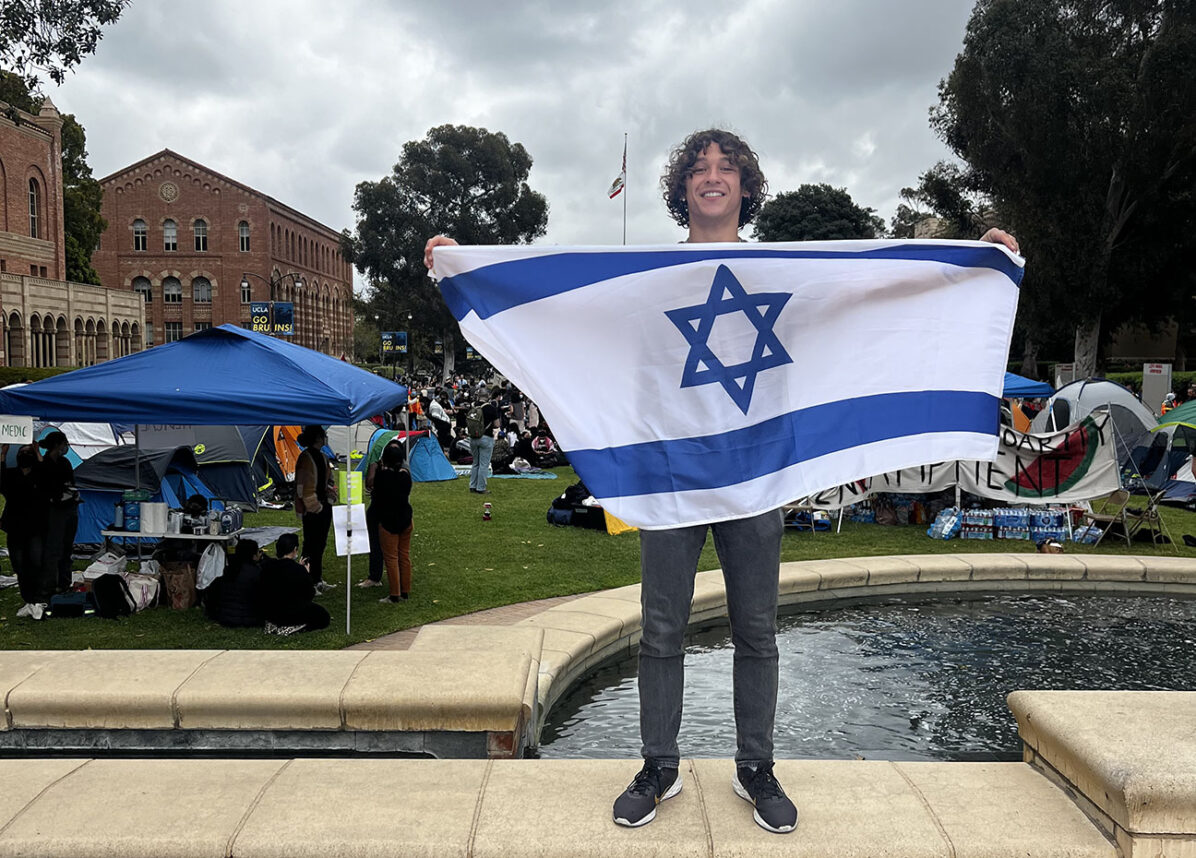

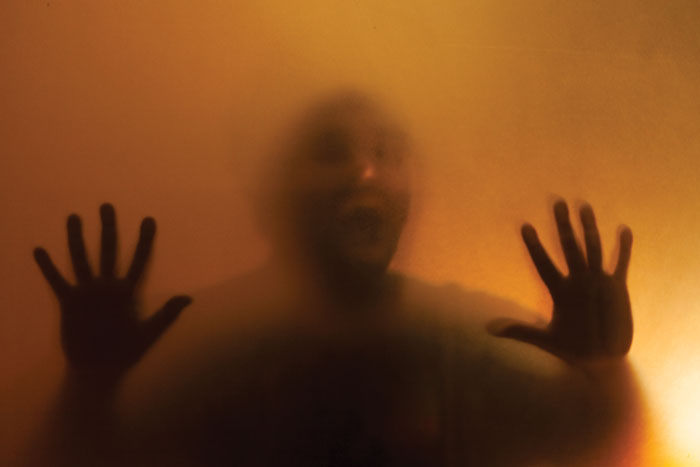


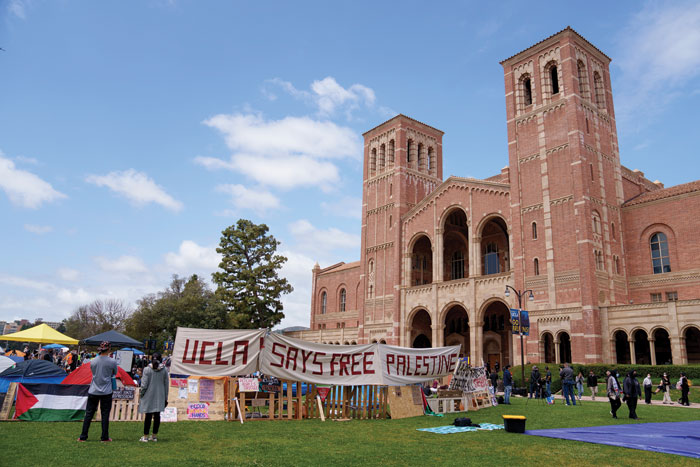


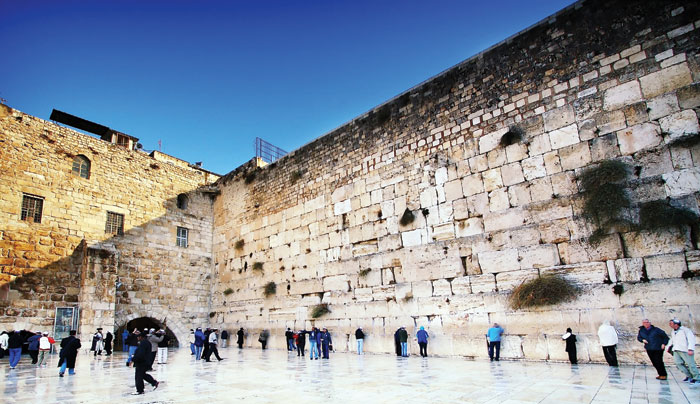

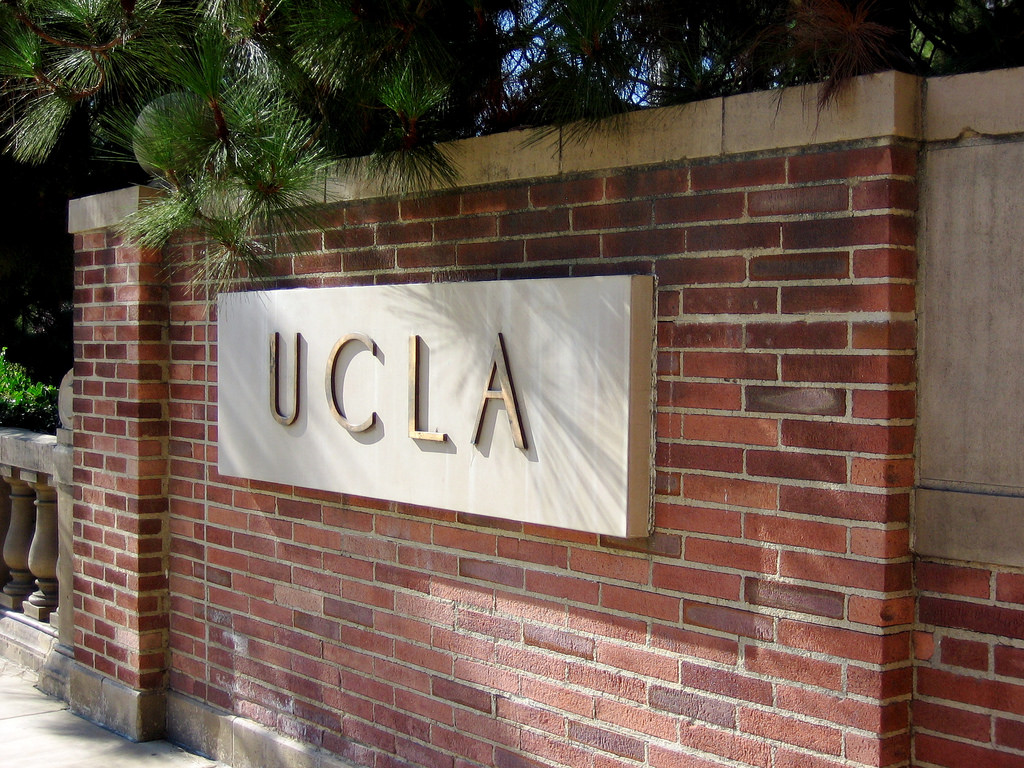





 More news and opinions than at a Shabbat dinner, right in your inbox.
More news and opinions than at a Shabbat dinner, right in your inbox.